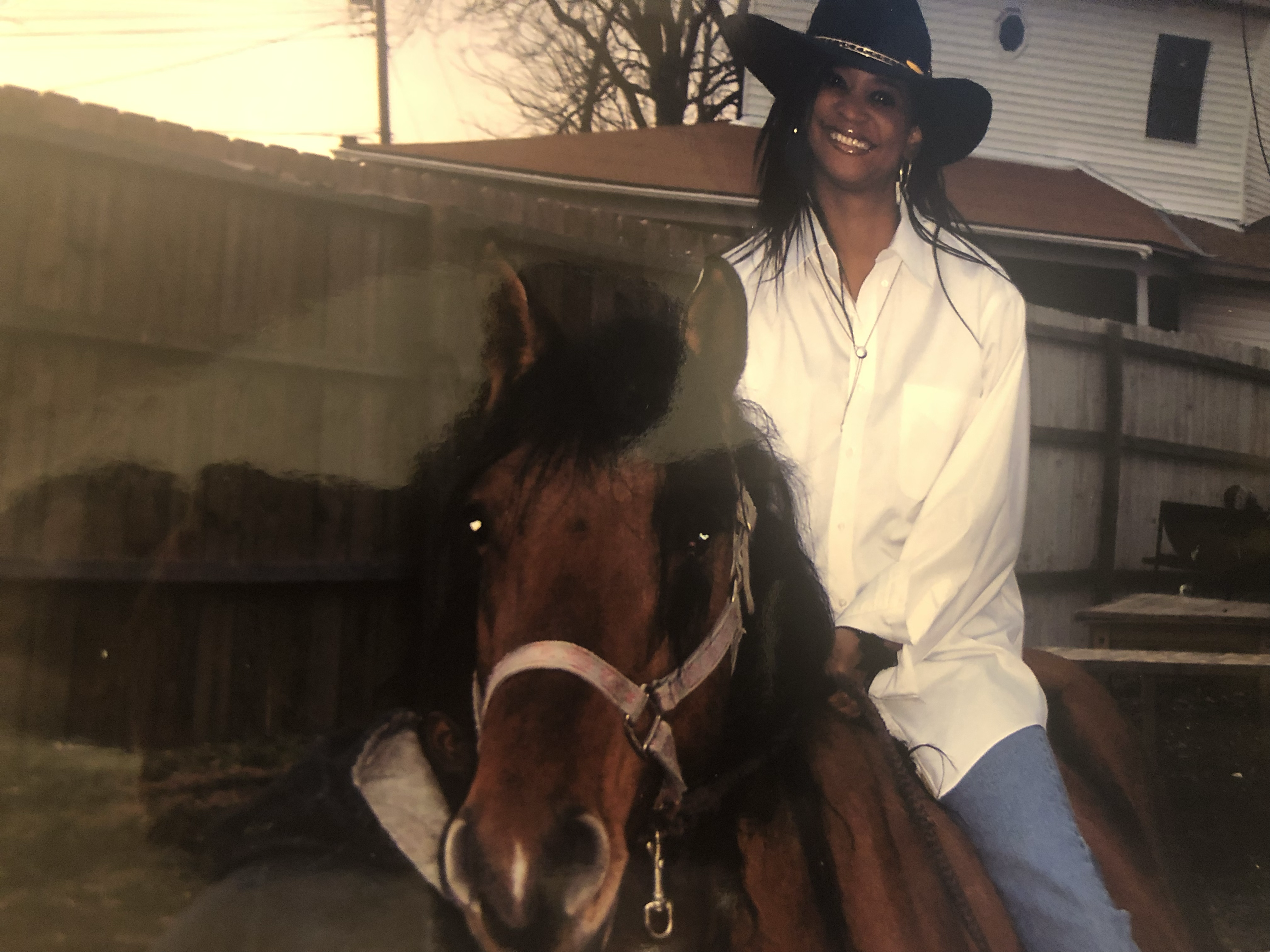Have you ever worked with a group of people who always found something to complain about, a team member decided to do something unusual. In the middle of the office there was a fishbowl, that held a large jar, the jar was known as the Complaint Jar. Staff were allowed to write down their complaints and drop them into the jar, however, there was a catch – for every complaint they made, they had to also write down three things they were grateful for.
One day, an intern had a complaint to make. She swiftly walked into the fishbowl with a piece of paper, scribbling furiously about her grievance. It was about the sun – yes, the sun! She complained that the sun was too bright, too cheery, and too relentless in its pursuit to wake her up every morning.
As she folded her complaint and prepared to drop it into the jar, she noticed the three empty lines below, waiting for her words of gratitude. She hesitated, then began to write:
- Grateful for the sun’s warmth, which comforts the elderly during cool days.
- Grateful for the sun’s light, which helps the crops grow and feeds the community.
- Grateful for the sun’s consistency, a reminder that some things remain constant in an ever-changing world.
She dropped her paper into the jar and stepped back. She felt a strange sense of relief, not from voicing her complaint, but from acknowledging the good that accompanied it. From that day on, she found herself complaining less and appreciating more, and the sun seemed to shine a little more gently on her mornings.
I hope you enjoyed this creative take on a story about complaining. plaining. It’s a gentle reminder that sometimes, our grievances can be overshadowed by the many things we can be thankful for.



